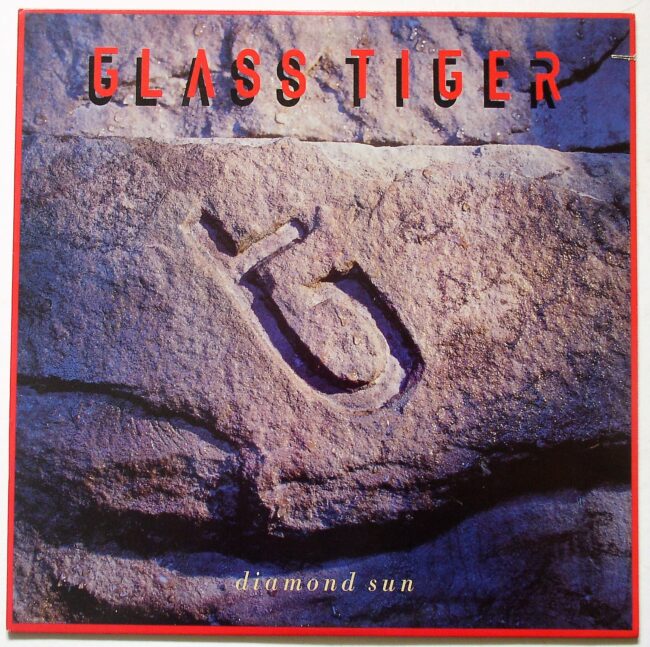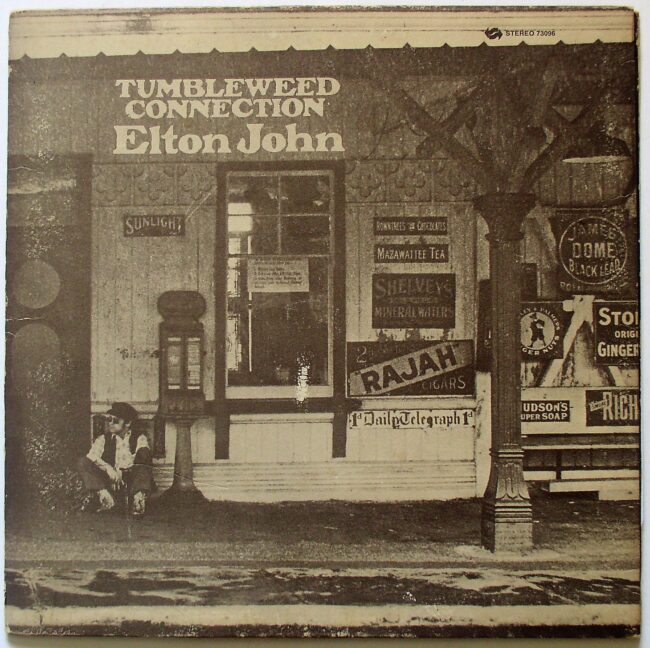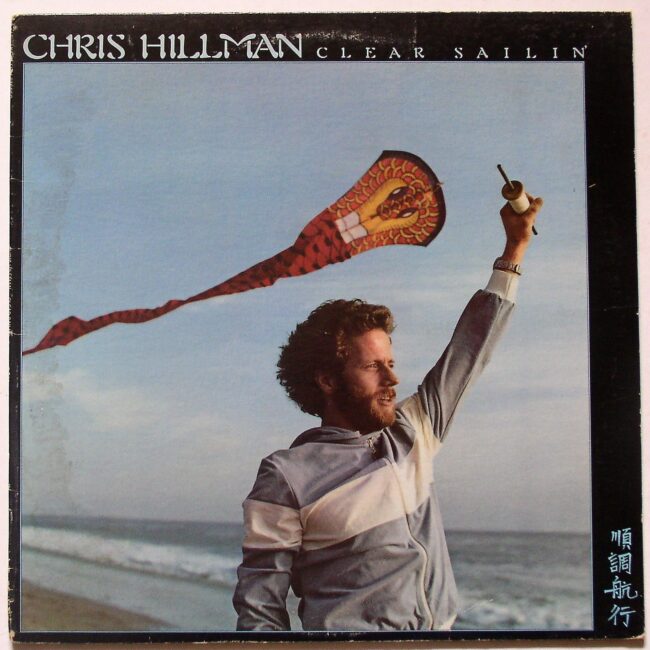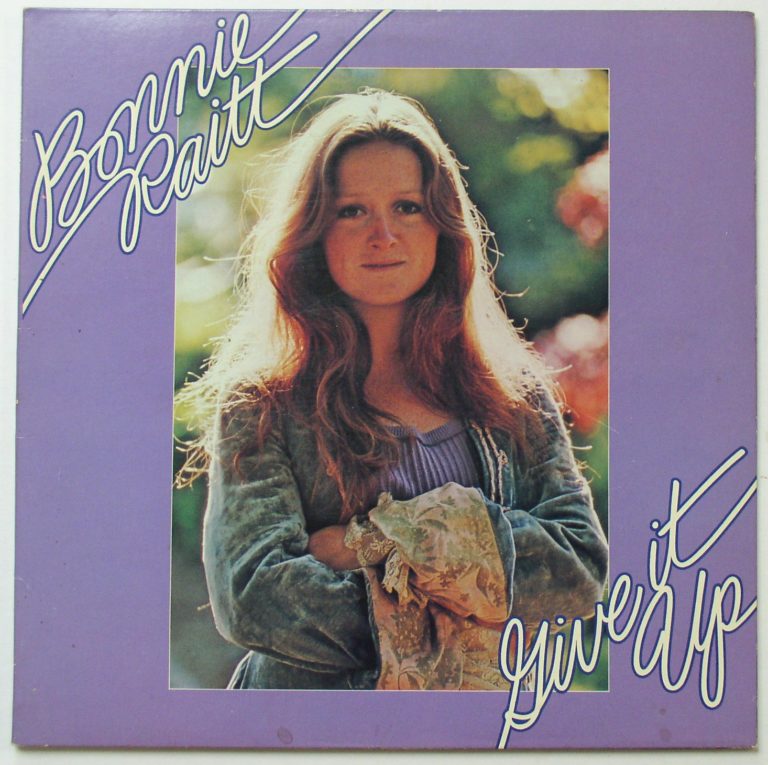Categories
Important Links
Information
Who's Online
There currently are 6 guests online.
Record Grading
About the record selection presented at this site:
All of the records on this site provide audio samples of each track. If those samples were produced prior to 2017, they are 1 minute and 30 second samples. Beginning in 2017, those samples have consisted of complete tracks. Because we provide those samples, you don't have to rely on anyone's subjective grading, but for quick reference we still use some standard record grading notation. Consider it to be play-grading (as opposed to visual); we may ignore superficial characteristics such as paper scuffs when we use play grading.
Record notation we use. We strongly recommend listening to the audio samples provided to determine whether a record meets your standards.
Mint (M) Brand spanking new.
Mint Minus (M-)Brand spanking new, but opened.
Very Good Plus (VG+) No noise. May display small imperfections such as paper scuffs, or apparently "silent" scuffs. Static may be present: we grade scratches, but don't treat records for static. We also tolerate an occasional tiny snap or two in our VG+ grade if they're inconsistent with the overall side. Lint happens.
Very good (VG) Noise (from scratches), but isolated, or not distracting.
Good (G) It plays, but noise is distracting. Doesn't skip, however.
Poor (P) Not applicable at this time; we don't sell poor. This would be for skipping records.
COVERS: If we're going to over-grade something it will be a cover since there is no objective way to score a cover. It's a varying priority from collector to collector, so I try to rely upon good photography, and a reasonably critical eye but again, look closely if it's important. Individual listings offer a link to my blog where the photography is more detailed than in the catalog. I try to remember to examine the insides of cover as well as their more obvious exteriors.
Mint: Exactly as it came off the shelf, still wrapped.
Mint minus: Exactly as it came off the shelf, except the package has been opened.
Very Good Plus: Very new-looking, but has a minor ding or two here or there, or some other cosmetic flaw.
Very Good: Displays some obvious wear-dulled corners, creases, slight ring wear, not new looking
Good: Serves its purpose, but has "major" flaws such as pronounced ring wear, major seam splits, etc. Writing, holes, notches, stains, other imperfections must be noted.
Flaws on the covers, such as writing, cut-out marks, seam splits, stains, etc., WILL BE NOTED, or they aren't there.
You may assume that the record is in the correct cover unless otherwise noted, and that the album is complete with an inner liner (but it may be a replacement one, ask me if this is important to you), and that it is a U.S. release unless otherwise noted. If you are aware of inclusions which should be in there like stickers or posters, etc., and we haven't noted them, please ask. That's an easy one to overlook.
Glossary Of Music Lingo:
What's a "cut-out"?
A "cut-out" is a title discontinued by a record label, usually because the label president's nephew doesn't like the band's bass player. (That's the Original Explanation from a little note on the store wall)
Cut-outs are prerecorded music in packages that have been "defaced", usually with a saw-mark cut near the edge of the package, or with a small hole drilled through a corner of the package. These cuts USUALLY do not affect play, but can penetrate liner notes, posters, inserts, lyric sheets, and so forth. These products are usually produced at the beginning or the end of the life of the recording. When the recording is new, a number of copies may be "cut" to distribute to the industry (to stores, DJ's, radio stations, etc). When a recording is "old", and is experiencing declining sales, a Label may discontinue it, recall copies from retail, and "cut" them. These cut copies find their way back into the marketplace through liquidators who buy them for pennies on the dollar. There is nothing unauthorized, or illegal about these recordings; they merely yield the artists no royalties, and obviously, the packaging itself can never be referred to without reference to the sawmark (sm) or bb hole (bb) or cut corner (cc), and should never be considered "near mint" even though cut-outs are typically still sealed.
Speculators should be leery of this material, since the cut will eternally mean "this thing was once devalued almost to the point of nothing", but economy-minded consumers will find them a very inexpensive alternative to "new" front-line priced merchandise.
See Announcements under Information / Useful Links for details about our audio grading.
All of the records on this site provide audio samples of each track. If those samples were produced prior to 2017, they are 1 minute and 30 second samples. Beginning in 2017, those samples have consisted of complete tracks. Because we provide those samples, you don't have to rely on anyone's subjective grading, but for quick reference we still use some standard record grading notation. Consider it to be play-grading (as opposed to visual); we may ignore superficial characteristics such as paper scuffs when we use play grading.
Record notation we use. We strongly recommend listening to the audio samples provided to determine whether a record meets your standards.
Mint (M) Brand spanking new.
Mint Minus (M-)Brand spanking new, but opened.
Very Good Plus (VG+) No noise. May display small imperfections such as paper scuffs, or apparently "silent" scuffs. Static may be present: we grade scratches, but don't treat records for static. We also tolerate an occasional tiny snap or two in our VG+ grade if they're inconsistent with the overall side. Lint happens.
Very good (VG) Noise (from scratches), but isolated, or not distracting.
Good (G) It plays, but noise is distracting. Doesn't skip, however.
Poor (P) Not applicable at this time; we don't sell poor. This would be for skipping records.
COVERS: If we're going to over-grade something it will be a cover since there is no objective way to score a cover. It's a varying priority from collector to collector, so I try to rely upon good photography, and a reasonably critical eye but again, look closely if it's important. Individual listings offer a link to my blog where the photography is more detailed than in the catalog. I try to remember to examine the insides of cover as well as their more obvious exteriors.
Mint: Exactly as it came off the shelf, still wrapped.
Mint minus: Exactly as it came off the shelf, except the package has been opened.
Very Good Plus: Very new-looking, but has a minor ding or two here or there, or some other cosmetic flaw.
Very Good: Displays some obvious wear-dulled corners, creases, slight ring wear, not new looking
Good: Serves its purpose, but has "major" flaws such as pronounced ring wear, major seam splits, etc. Writing, holes, notches, stains, other imperfections must be noted.
Flaws on the covers, such as writing, cut-out marks, seam splits, stains, etc., WILL BE NOTED, or they aren't there.
You may assume that the record is in the correct cover unless otherwise noted, and that the album is complete with an inner liner (but it may be a replacement one, ask me if this is important to you), and that it is a U.S. release unless otherwise noted. If you are aware of inclusions which should be in there like stickers or posters, etc., and we haven't noted them, please ask. That's an easy one to overlook.
Glossary Of Music Lingo:
What's a "cut-out"?
A "cut-out" is a title discontinued by a record label, usually because the label president's nephew doesn't like the band's bass player. (That's the Original Explanation from a little note on the store wall)
Cut-outs are prerecorded music in packages that have been "defaced", usually with a saw-mark cut near the edge of the package, or with a small hole drilled through a corner of the package. These cuts USUALLY do not affect play, but can penetrate liner notes, posters, inserts, lyric sheets, and so forth. These products are usually produced at the beginning or the end of the life of the recording. When the recording is new, a number of copies may be "cut" to distribute to the industry (to stores, DJ's, radio stations, etc). When a recording is "old", and is experiencing declining sales, a Label may discontinue it, recall copies from retail, and "cut" them. These cut copies find their way back into the marketplace through liquidators who buy them for pennies on the dollar. There is nothing unauthorized, or illegal about these recordings; they merely yield the artists no royalties, and obviously, the packaging itself can never be referred to without reference to the sawmark (sm) or bb hole (bb) or cut corner (cc), and should never be considered "near mint" even though cut-outs are typically still sealed.
Speculators should be leery of this material, since the cut will eternally mean "this thing was once devalued almost to the point of nothing", but economy-minded consumers will find them a very inexpensive alternative to "new" front-line priced merchandise.
See Announcements under Information / Useful Links for details about our audio grading.
Your IP Address is: 18.224.149.242
Copyright © 2024 Saintstevensthingery. Powered by Zen Cart





